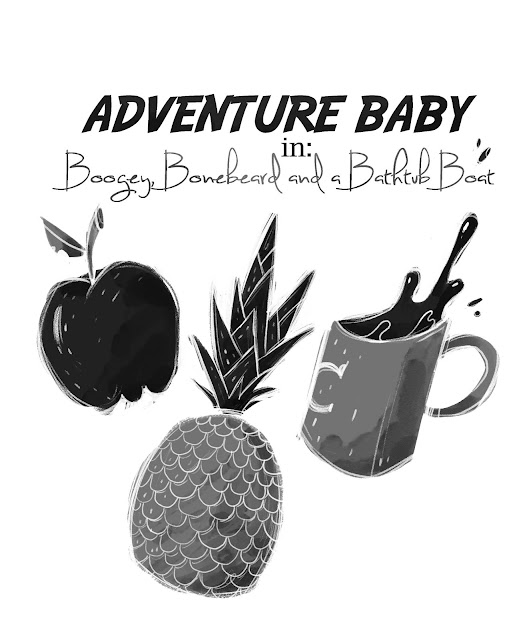 (Takashi Shimizu, Ju On, 2000)
(Takashi Shimizu, Ju On, 2000)I chose to read two short stories by Jun'ichiro Tanizaki entitled The Bridge of Dreams and A Portrait of Shunkin. After reading a good deal into both of these stories, I realized that this type of horror is distinctly different in a lot of senses from the Western stereotype. It was, first and foremost, entirely believable. Both of these stories were set in a real place and had a story line that was entirely believable in most senses. What made them horrific was how "just a little off" they were. There was no glaring monster coming to eat your face off, there was just the culture these characters came from and their reactions to it.
In many ways both of these pieces also dealt a good deal with perfection and the standards that they are held to within their societal roles. In A Portrait of Shunkin, the perfection of beauty plays a large role, and in The Bridge of Dreams, the entire theme revolves around the "perfect family."
What was most interesting for me in class today was our discussion about conflict, and how J-Horror in particular seems to move past the common ideology of good versus evil. I realized after the talk that their is a balancing act between two systems of life or belief. For instance, if a traditional film could be considered a man vs. nature conflict, a J-Horror film could be seen as man and nature on either end of a teeter totter, constantly hitting off of each other's imbalances.
I found this week's works and discussion to be thought-provoking in the sense that I had never dealt with material like this before, and it was nice to see a different take on a genre.


